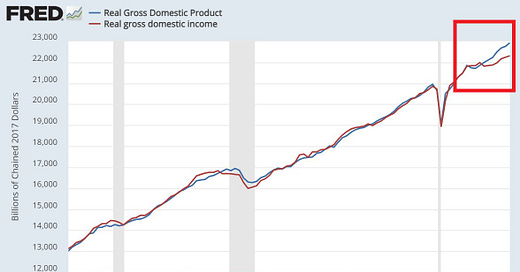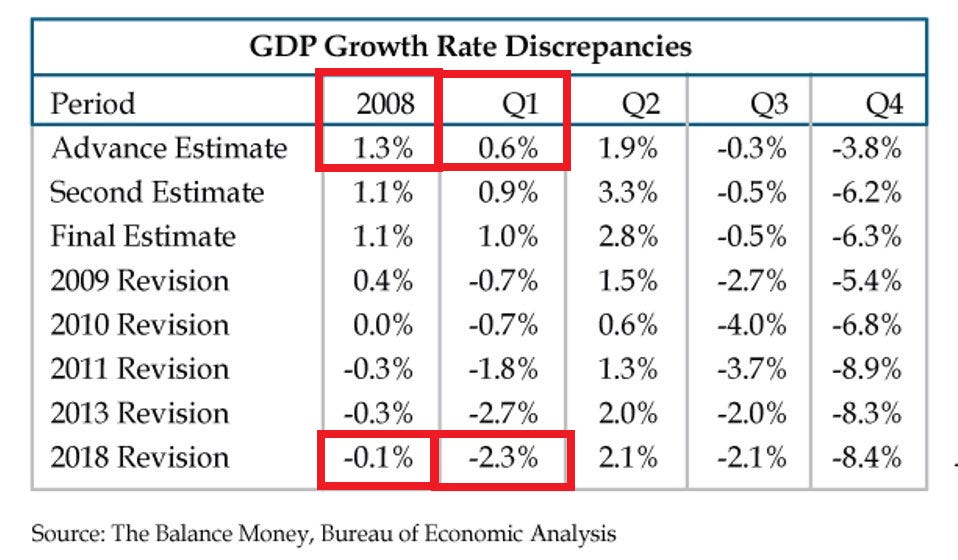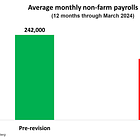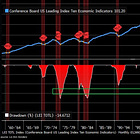CHART OF THE WEEK: US Real Gross Domestic Product (GDP) may be overstated by $616 billion
The difference between real GDP and Real Gross Domestic Income (GDI) is the widest in over 2 decades
The gap between real Gross Domestic Product and real Gross Domestic Income (GDI) hit a RECORD of $616 billion, or 3% in Q2 2024. Real = adjusted for inflation.
GDI measures the total income earned by all participants in the economy, including wages, profits, and taxes, minus subsidies whereas GDP is the total value of all goods and services produced in an economy.
In general, GDI should equal GDP, as all production generates income. However, discrepancies often arise due to different data sources and calculation methods. This, in turn, may lead to data revisions making the gap between those two metrics narrower over time.
Most importantly, in the past, GDI has been a very reliable leading indicator of final GDP data estimates and helped to revise the unemployment rate to more realistic values. This has been more evident in the end of economic cycles.
The above chart, therefore, suggests that the US GDP data may be soon revised down by ~$616 billion or 3%.
These kinds of revisions are not uncommon. The issue is that it may take a few years to get the final GDP number.
In 2008, the first release of Q1 GDP Growth came at +0.6%. A year later, it turned out that the economy actually shrank by 0.7%, and in 2018 the final revision showed a 2.3% decline in economic output.
For the full 2008, initial data showed a 1.3% growth but in the end, the US economy contracted by 0.1% that year.
In summary, it should not be a surprise if within 12 months we will see a significant downward revision to US GDP growth data, especially given the recent deterioration in the labor market.
If you find it informative and helpful you may consider a paid subscription (or annual if subscribed), become a Founding Member, and follow me on Twitter:
Why subscribe?








Don't understand. Doesn't debt, which is not income, contribute to the purchasing power and the GDP? Or is that considered a subsidy? GDP = money supply x velocity of money. Money supply is not just income. If it were, then how could economy grow?
This discrepancy could be due to very high illegal immigration. Wages paid under the table in cash won't get counted as income while the products produced by illegal immigrant labor would get counted since they are sold on the market.